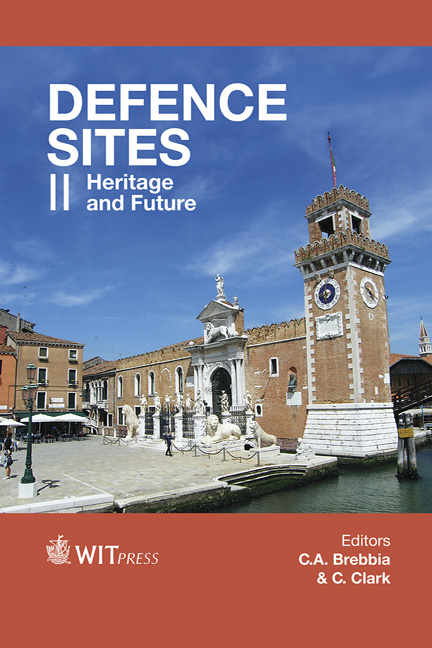Potential Analysis Of The Templar Castle Of Monzón In Huesca, Spain As A Tourist Attraction
Price
Free (open access)
Transaction
Volume
143
Pages
10
Page Range
163 - 172
Published
2014
Size
2300 kb
Paper DOI
10.2495/DSHF140141
Copyright
WIT Press
Author(s)
M. Morant, P. Alonso-Monasterio, M. J. Viñals, L. Teruel
Abstract
The Monzón castle is a historical fortress located in the Huesca province in Aragón, Spain. A tower, which was constructed by the Moors during the 10th century, was expanded into the castle by the monarchs of Aragón in 1089. After 1143, the castle was inhabited by the Knights Templar. The soldier-monks transformed the castle into a convent with military Cistercian buildings that included walls, tower, stables, etc. The future King of Aragón, James I “the Conqueror”, received his primary education at the castle. It was designated as a National Monument in 1949. Recently, the castle was included in the Spanish “Domus Templi” route along the Ebro River and the Mediterranean coast, which links the five magnificent Templar castles of Monzón, Gardeny, Miravet, Tortosa and Peñíscola. The master plan prepared to ensure the preservation of the Monzón castle includes proposals to enhance its potential for tourism. The present paper presents the key proposals for the tourism enhancement of the castle and its surroundings that were developed in the master plan. The proposals focus on the site’s architectural heritage, surrounding landscape, and ethnographic elements as well as existing services, infrastructure and facilities. The results of this analysis provide information regarding the castle’s potential as a tourist attraction and identify urgent issues that must be addressed if the site is to become a marketable tourism product.
Keywords
defence heritage, Templar castle, potential analysis, cultural tourism





